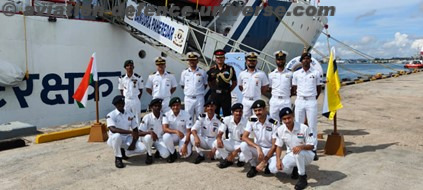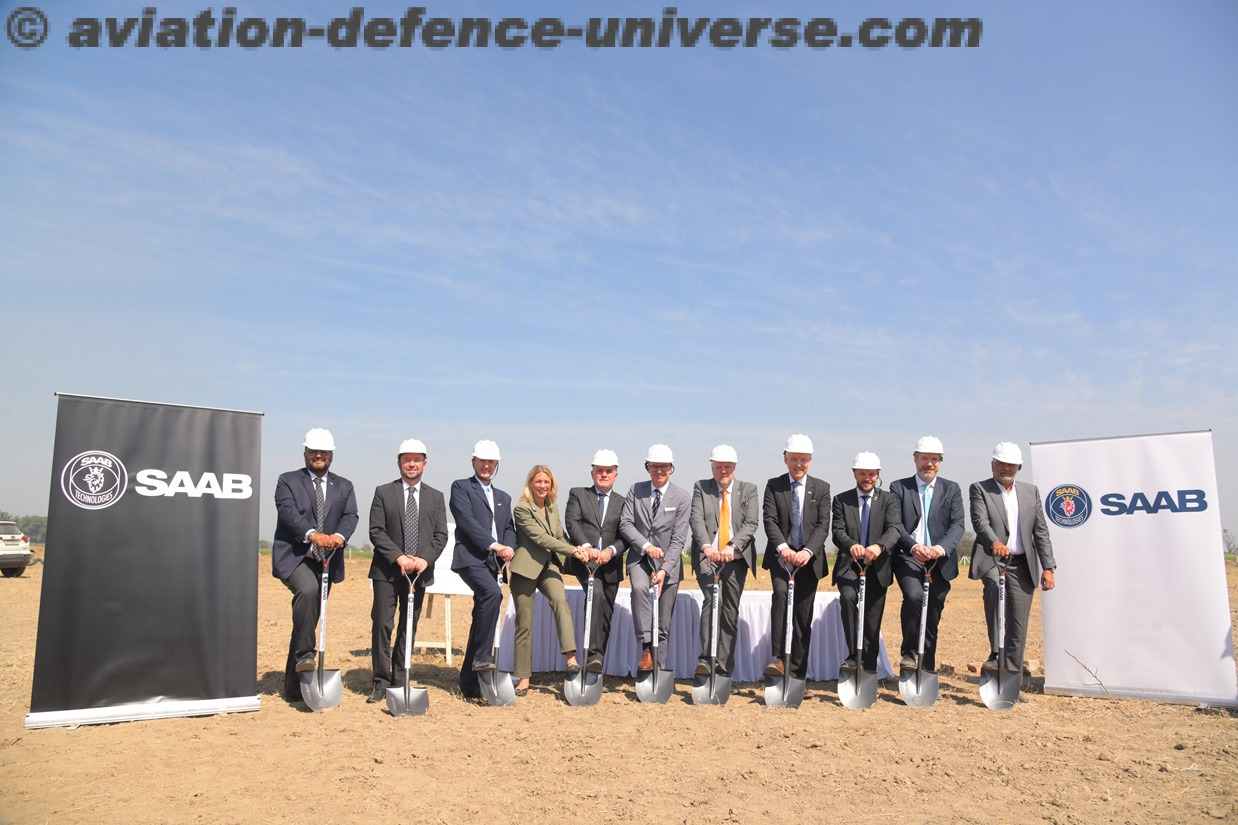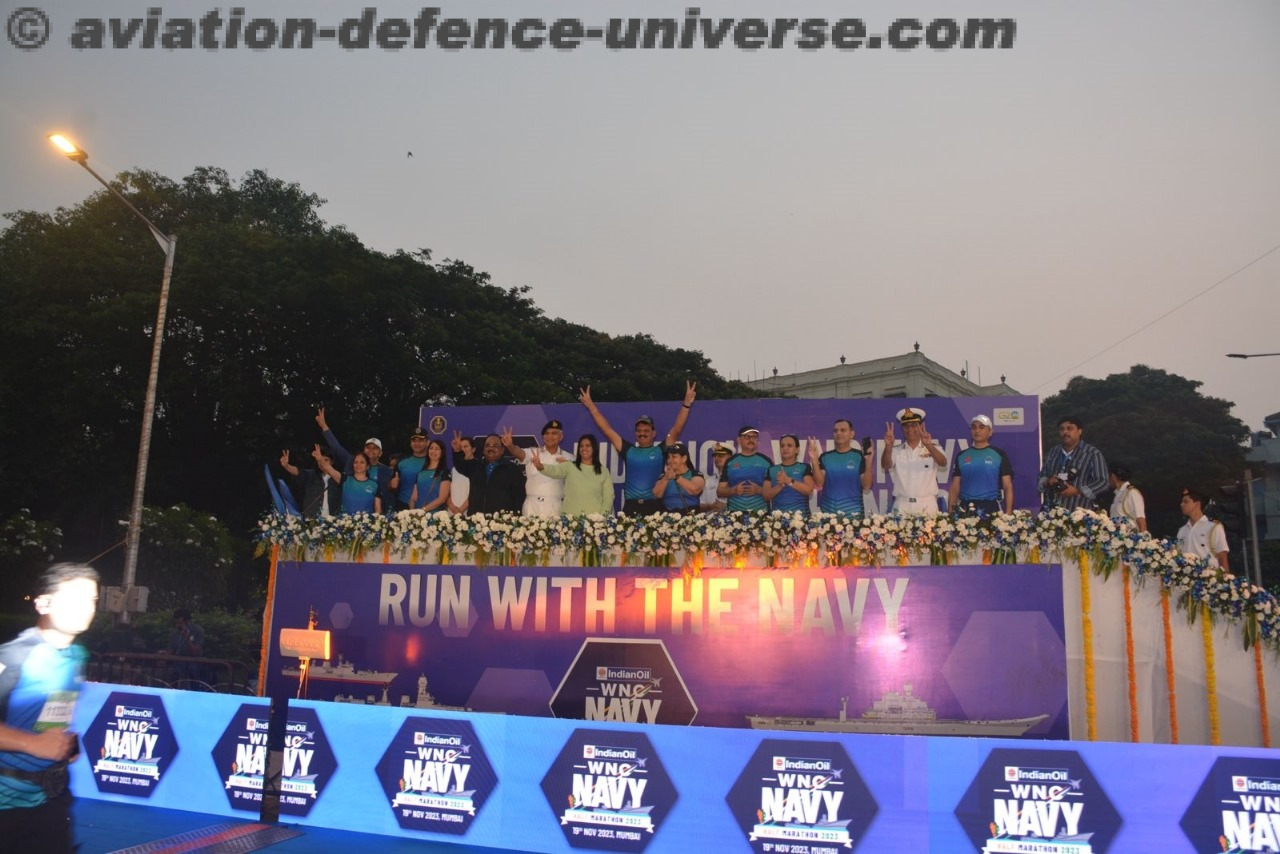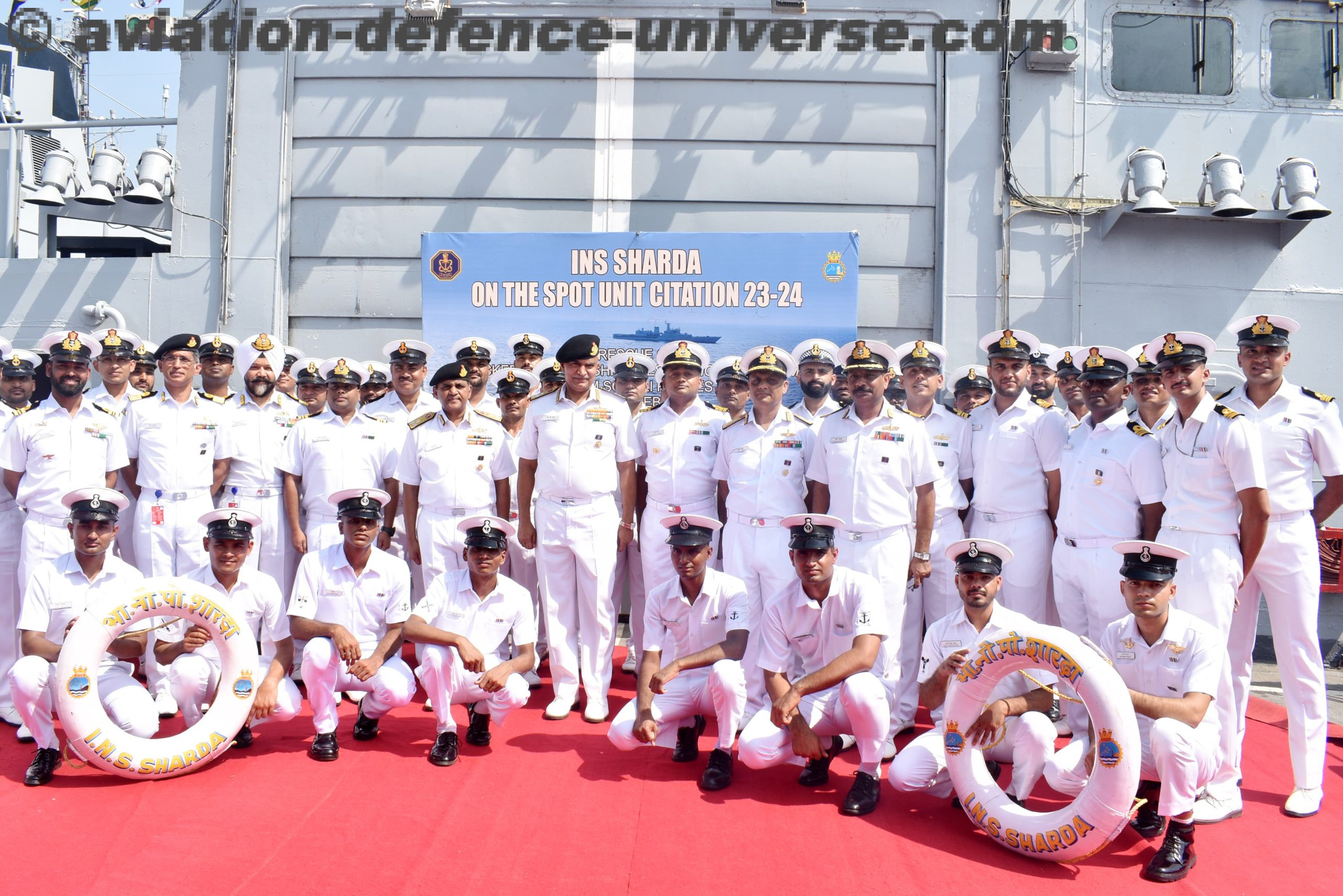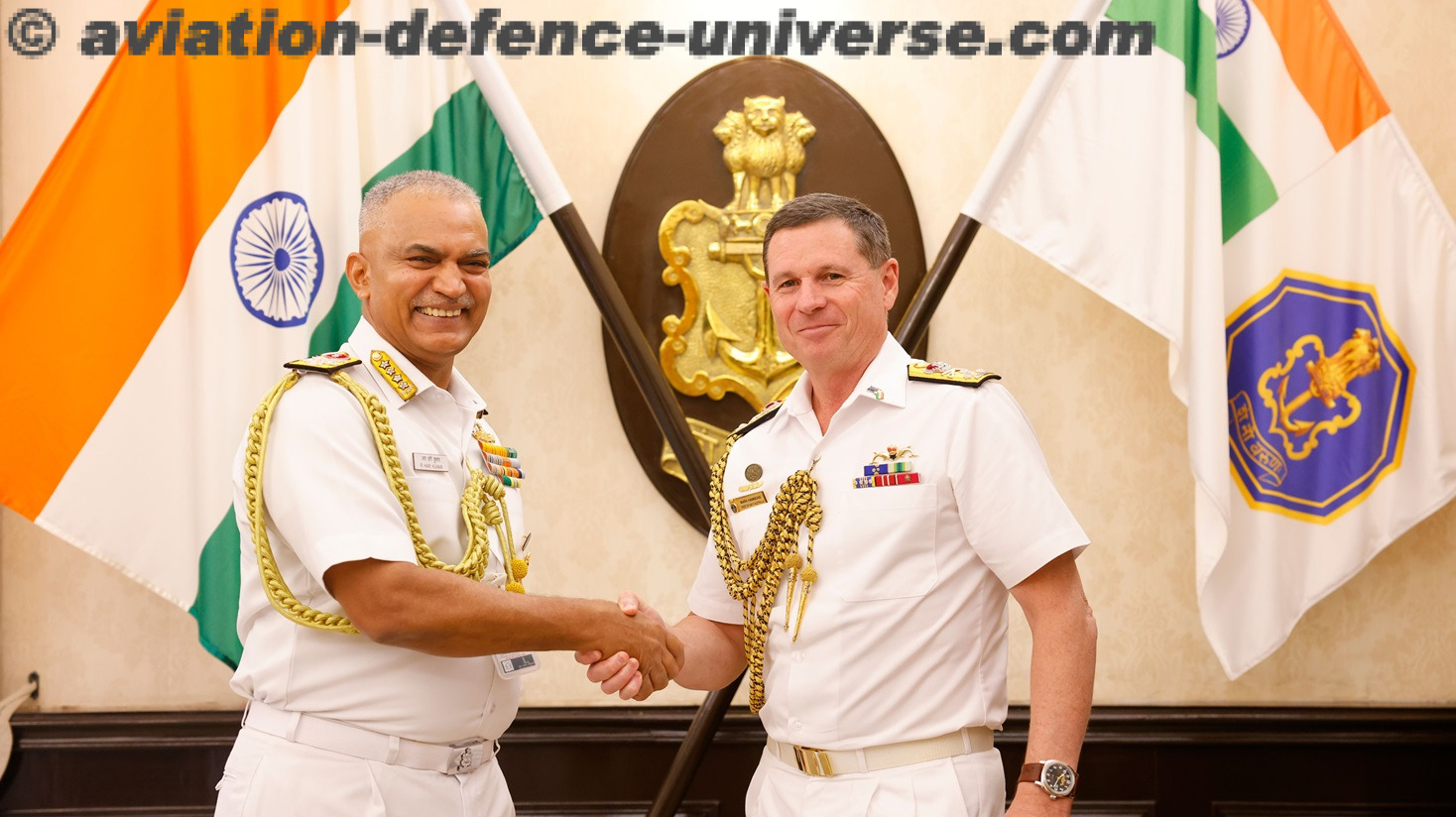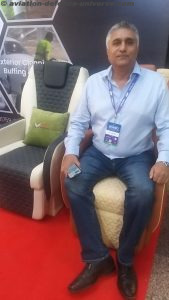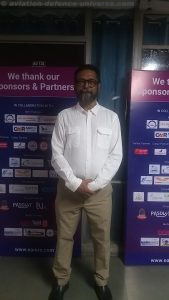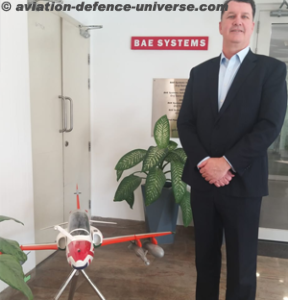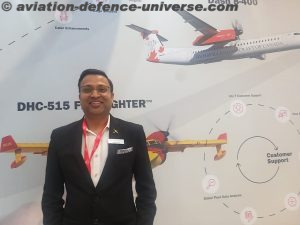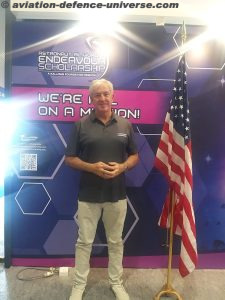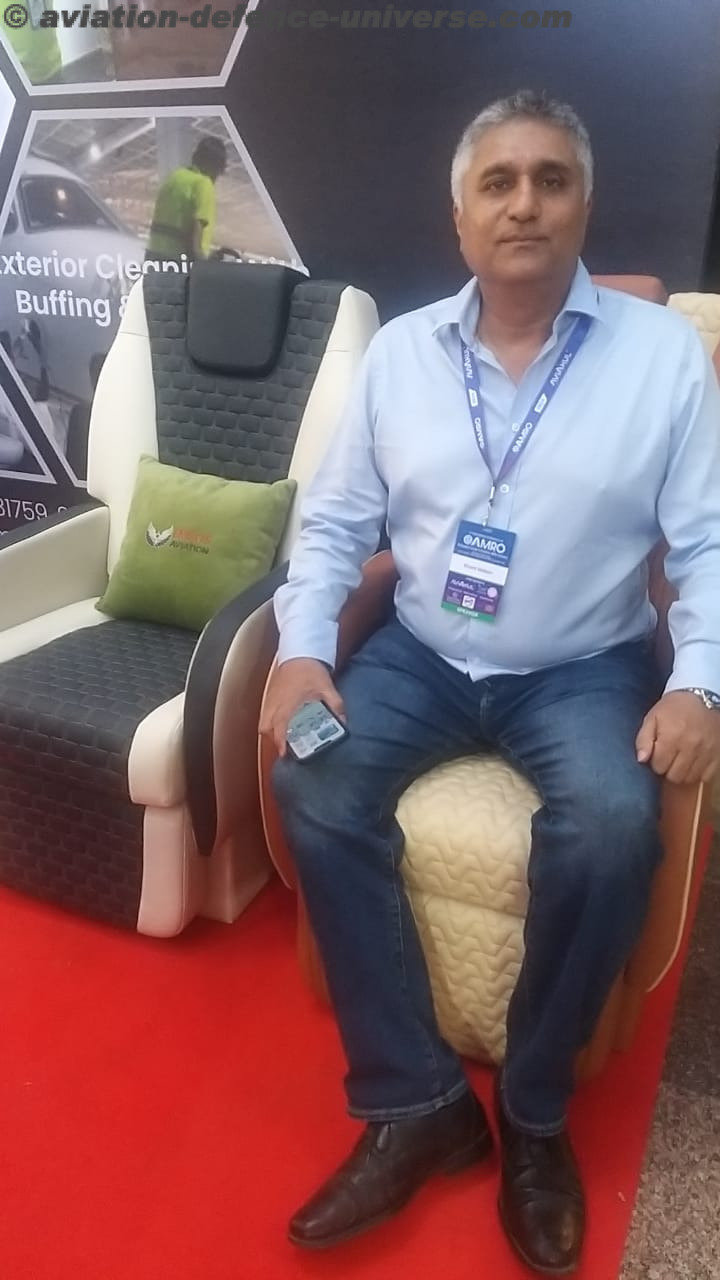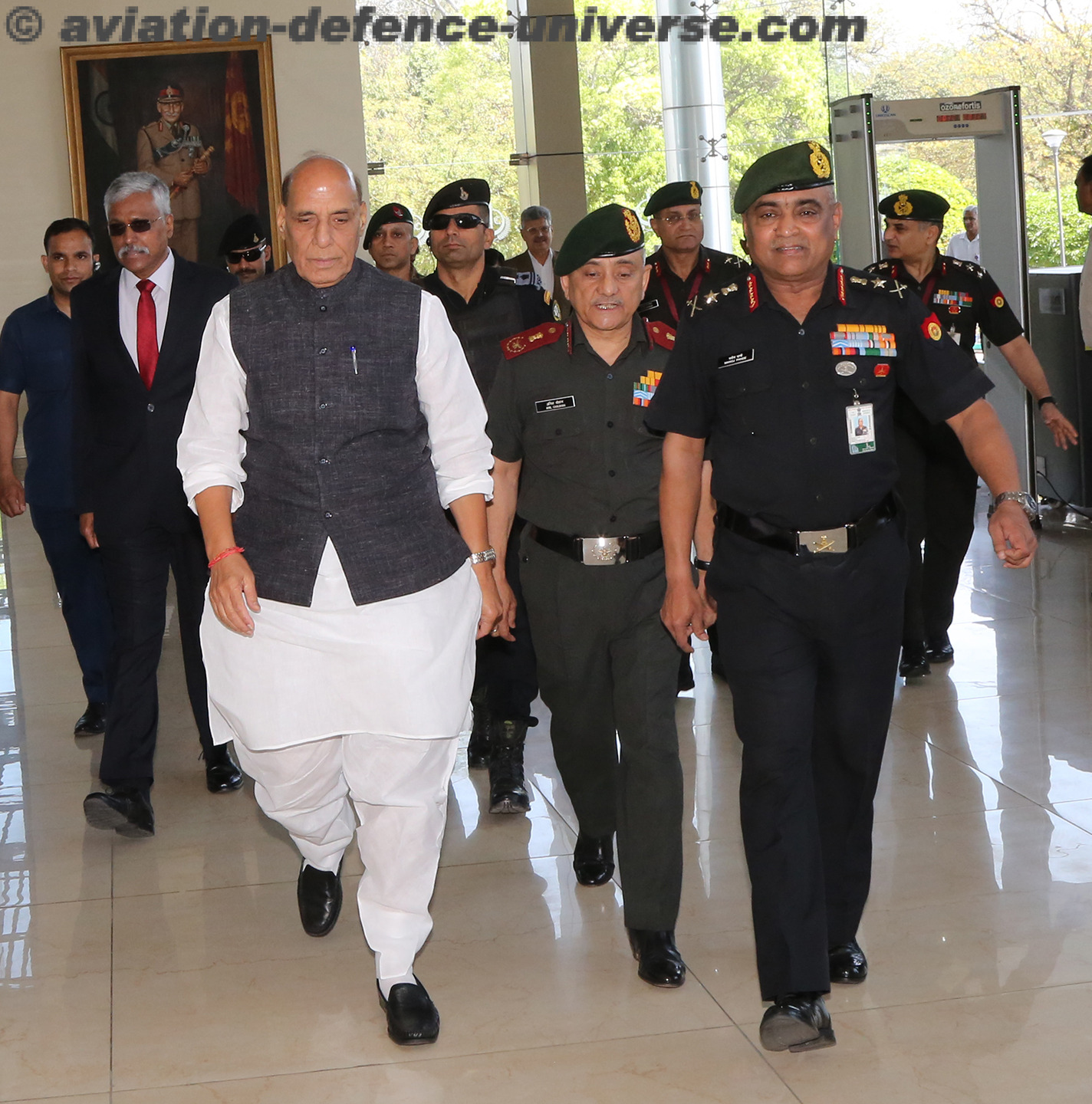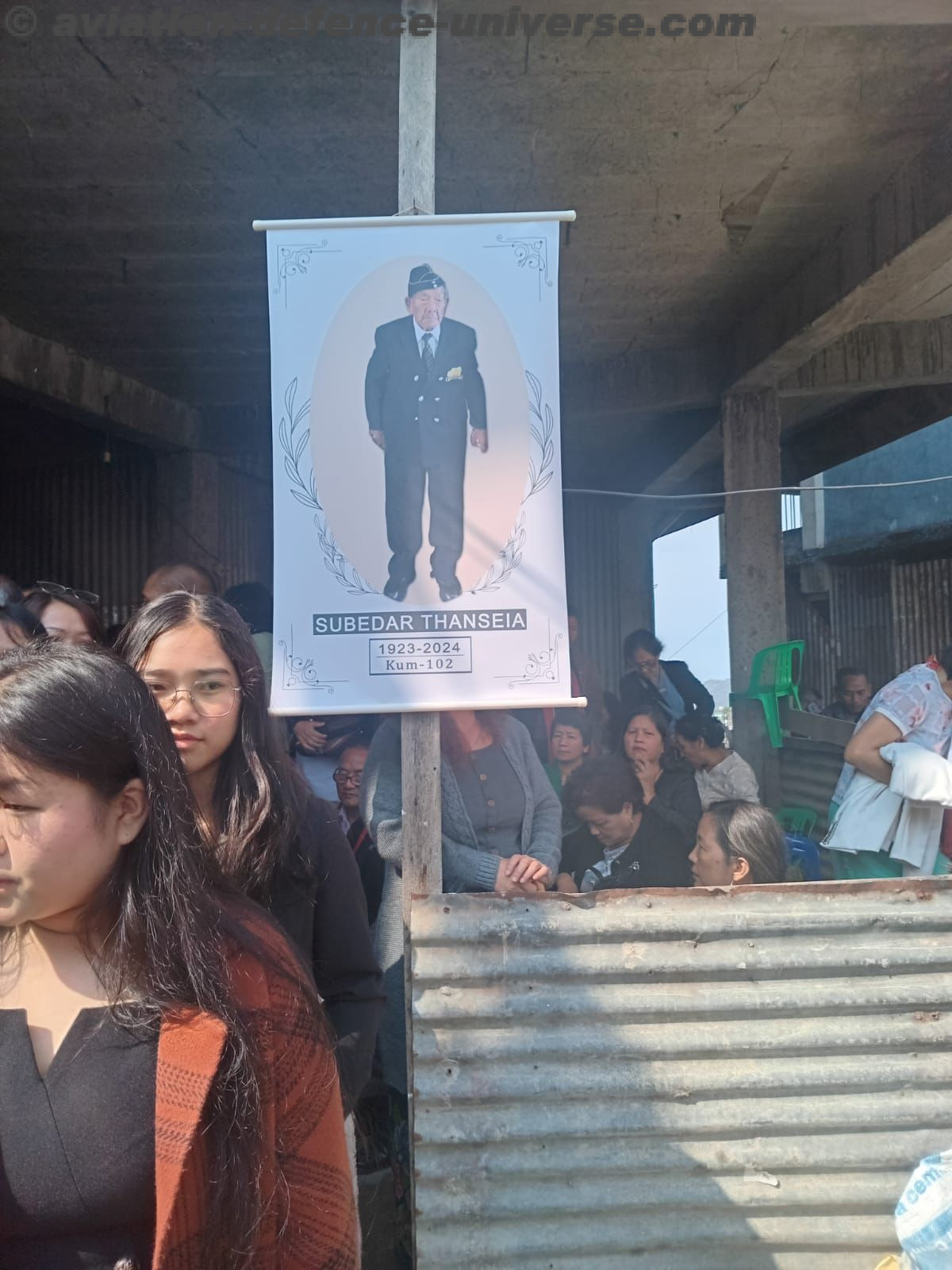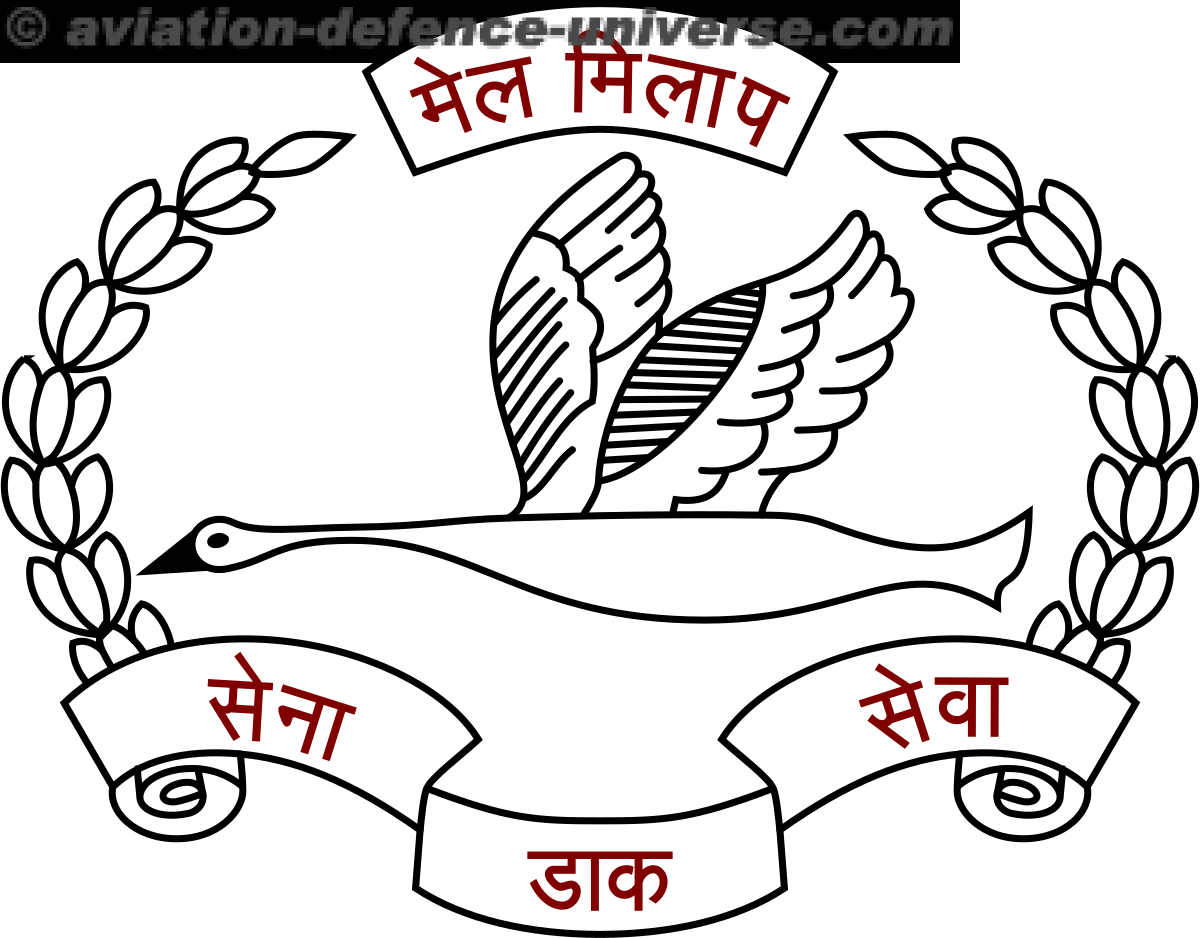 New Delhi. “Our engineers have continued their quest for light weight armour and have come up with ‘Generation 6’ technology through which it has become possible to reduce the weight of armour panels by almost 40 % compared to other standard solutions,” said Rajesh Gupta, Senior Manager, MKU, in an exclusive interview to Aviation & Defence Universe(ADU).
New Delhi. “Our engineers have continued their quest for light weight armour and have come up with ‘Generation 6’ technology through which it has become possible to reduce the weight of armour panels by almost 40 % compared to other standard solutions,” said Rajesh Gupta, Senior Manager, MKU, in an exclusive interview to Aviation & Defence Universe(ADU).
ADU. What is the growth pattern you envisage for the ballistic market globally and in India?
RG. The global market for ballistic protection gear has been increasing especially in the Asia Pacific and Middle East Africa regions. This is mainly due to the rise in assymetric warfare and the increasing unrest in the region.
The focus on modernization of the security forces has given a Philip to the Indian market. We feel this trend will continue in the coming years.
ADU. Have you tied up with some foreign companies to match steps with ‘Make in India’, despite the fact that you have always been making in India ? Do you think this will give a fillip to Indian defence industry?
RG. Make in India has been MKU’s mantra for long. We have always believed in acquiring the latest manufacturing techniques and strived to bring the latest technology into the country. We entered into a joint venture with EIS Electronics GmbH and set up a state of the art manufacturing unit in India to make electrical wiring harnesses for aerospace and defence applications. This unit has been manufacturing electrical looms since 2013 for global OEMs. We are also in the process of setting up a manufacturing facility for electro optical devices in India. The Make in India initiative of the Prime Minister is indeed a step in the right direction. It has brought the attention of global OEMs on India and they are now keen to come to India.
ADU. Elaborate your armouring programmes for the three forces in India?
RG. At MKU we are focused on developing ‘Light Weight Armour Solutions’ for various land, sea and air platforms. In our quest for armour solutions for aircrafts, our team of engineers in India and Germany have introduced Modular Schutz Tecknik (MOST) which is a modular armour solution primarily for aircrafts. It enables for retro fitment of armour on board platforms.
Our engineers have continued their quest for light weight armour and have come up with ‘Generation 6’ technology through which it has become possible to reduce the weight of armour panels by almost 40 % compared to other standard solutions.
 We have considerable experience in providing armour solutions for all platforms including air, naval and land vehicles. Till date we have provided solutions for over 2000 platforms globally.
We have considerable experience in providing armour solutions for all platforms including air, naval and land vehicles. Till date we have provided solutions for over 2000 platforms globally.
ADU. What is your foray into the homeland security market?
RG. We provide body armour for the homeland security market. It has been our endeavour to constantly innovate and provide solutions keeping in mind the exacting demands of the modern forces. Through continuous innovation in manufacturing techniques and use of modern materials we have been able to not only reduce the weight of body armour considerably, we have also been able to make it more ergonomic.
ADU. What is the progress on your Technical Research Centre ?
RG. We are a technology driven company. At the TRC our team of engineers are constantly innovating and developing new solutions to meet the exacting requirements of our customers worldwide. We already have a large library of over 1000 solutions to meet over 100 threats.
ADU. Which are the new technologies you have patented in the last few years?
RG. We were the first company in India and one of the very few outside the US to get NIJ 06 certification for its body armour. We own the patent for the ‘Quick Release Mechanism’ that forms an integral part of our ‘Instavest’ a quick release bullet proof jacket. We have now developed the ‘RHT technology’ which has helped reduce resultant trauma in helmets considerably. Through our own ‘Gen 6’ technology we have been able to produce armour panels that are upto 40% lighter than other standard panels. Our investment in technology is an ongoing process.
ADU. What changes have come to your business with an active MSME Ministry at the centre?
RG. We are very happy with the focus being given to the MSME sector in defence. The realization that this sector can play an important role in developing the indigenous defence industry is laudable.
ADU. Explain your long and short term goals for the company?
RG. Our vision says it all – “To be a global leader in protection and surveillance through technological excellence”
Make in India has been MKU’s mantra for long
Hits 1,676
- Bharat Malkani Chairman Max Aerospace speaking with ADU at eAMRO-24
- Pulak Sen Secretary General MRO Association of India speaking with ADU at eAMRO-24
- BAE Systems matching footsteps with Indian Armed Forces’ needs & Make in India
- Yogesh Garg Vice President Regional, VP Sales Asia Pacific & Middle East, DHavilland Canada
- Tom Kallman President Kallman Worldwide speaks with ADU at Singapore Airshow








